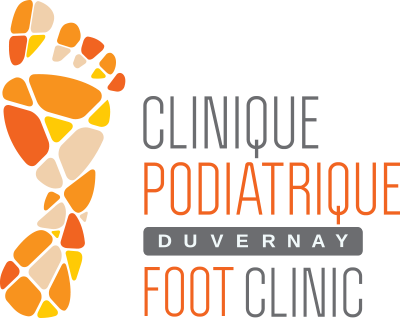Hammer toe is a deformity of the toe that causes it to bend downward instead of pointing forward. This is a common condition that can affect any toe, but is most common in the ring toe and thumb.
Without proper diagnosis, care and treatment, the structure of hammer toe can worsen and affect nearby joints. Therefore, to help you learn more about this condition, in this article we will highlight its causes, symptoms and what types of treatments are recommended.
Causes of hammer toe
There are several possible causes of hammer toe, including improper footwear, muscle and tendon imbalances, arthritis and genetics. Wearing shoes that are too tight, too short or too shallow can cause the toes to curl downward, resulting in hammer toe. For this reason, this condition is more common in women who wear high-heeled or pointy-toed shoes.
Muscle and tendon imbalances in the feet can also cause hammertoes. This occurs when the foot muscles are overloaded or tight, causing the tendons to pull the toes inward and create a bend in the joint.
Of course, arthritis can also contribute to the process, as the joint becomes stiff, leading to the deformity. Genetics can also play a role in the development of hammer toe, as some people are more prone to hammertoe due to the structure of their feet.
Main symptoms
The most obvious symptom of hammertoe is the deformity of the toe. As mentioned above, it bends downward at the middle joint, which can cause it to rub against the top of the shoe and become painful. Other symptoms may include swelling, redness and difficulty moving the toe.
It is important to note that these symptoms can vary depending on the underlying cause and severity of the condition. If hammer toe is suspected, it is important to seek medical attention for proper diagnosis and treatment.
Treatment for hammer toe
The treatment of hammertoe will depend on the underlying cause, as this will determine the type of measure that can take effect. If the condition is in its early stages of development, then treatment will be simple.
For example, it may be helpful to change to a shoe that fits well and allows enough room at the toe. Wearing low-heeled shoes can also relieve pressure on the toes and reduce the risk of hammertoe.
Another way to treat it is through exercises for hammer toe. These should be exercises that are specific to stretching and strengthening the muscles of the feet. A popular option is to perform towel curls, as it involves using the toes to wrinkle the object.
In severe cases, the doctor may recommend surgery to correct the deformity. This may involve removal of part of the bone or fusion of the joint to improve the position of the finger. Recovery time may vary depending on the procedure, but most patients can resume normal activities within a few weeks.
If you suffer from hammer toe and you need a professional diagnosis, you can contact Clinique Podiatrique Duvernay for assistance. We are located at 3317, de la Concorde Est blvd Laval (Québec) H7E 2C3. Visit us!
